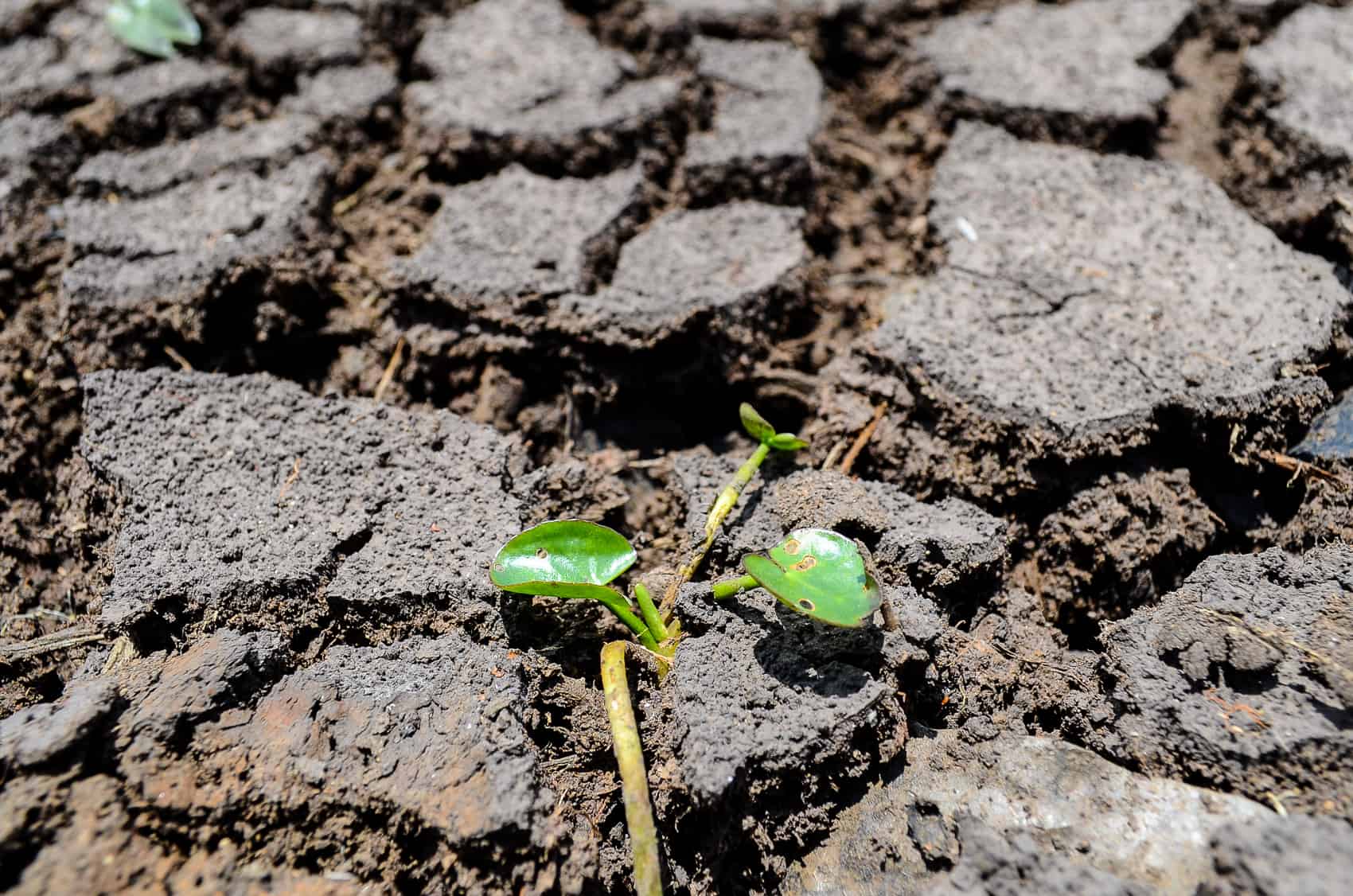Costa Rica’s northwestern province of Guanacaste has faced the worst drought in 50 years, the National Meteorological Institute (IMN) said. In response, President Luis Guillermo Solís on Tuesday declared a national emergency in the province and other cantons across the country.
National Emergency Commission (CNE) President Iván Barrantes announced a national Yellow Alert, which allows the president to order resources to affected areas and coordinate government response. The CNE president said that no set budget has been allotted for the government’s emergency response, and the dimensions of the effort would be determined by conditions in coming months.
Rainfall in Guanacaste was 60 percent below average in August, according to the IMN, the worst since 1950. The Agriculture and Livestock Ministry reported that the region’s cattle industry has been hit especially hard, with more than $16.8 million in estimated loses. The ministry estimated another $9.3 million in losses in agriculture in Guanacaste.
IMN Director Juan Carlos Fallas said that despite September rains, the institute expects 20 percent less rainfall in Guanacaste in October.
In addition to a lack of drinking water and damage to crops and livestock, officials said the drought portended forest fires in coming months as the dry season approaches in November. The National System of Conservation Areas has put a fire contingency plan into effect for Costa Rica’s protected areas. The lack of rainfall also is stressing the country’s hydroelectric dams, which account for 73 percent of Costa Rica’s electricity production, according to the Costa Rican Electricity Institute.
Costa Rican meteorologists have blamed an “El Niño” phenomenon for the drought, which has taken a toll on countries across Central America this rainy season. In Costa Rica, the phenomenon warms the waters of the Pacific Ocean, decreasing rainfall in the western and central parts of the country while causing torrential rains along the Caribbean coast. (Note: There seems to be some disagreement between Costa Rican meteorologists and their colleagues in the United States over when to officially declare an El Niño phenomenon. U.S. meteorologists have not yet declared El Niño to be in effect, and they put the chances that it will happen later this year between 60-65 percent. Read more here, here, here and here. )
The emergency decree also covers the cantons of Orotina, San Mateo and Atenas in Alajuela, and Aguirre, Garabito, Montes de Oro, Esparza and the Central Canton of Puntarenas.
“[El Niño has] a progressive effect on these regions, and according to the National Meteorological Institute it could extend through next May,” Barrantes said.






